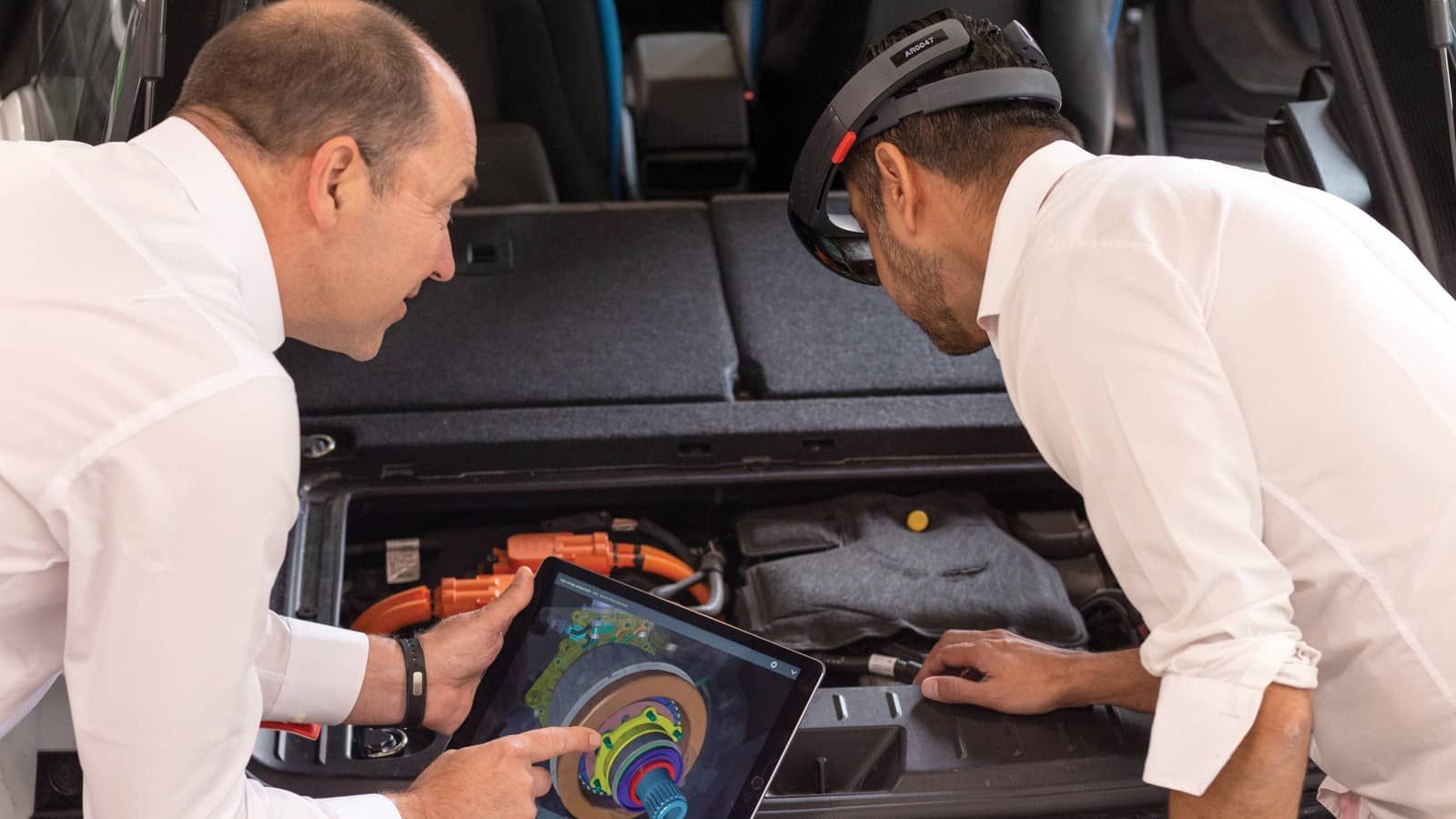
AR 3D Work Instructions
When working, employees might need extra instructions which are labor-intensive. An AR App on a tablet or AR Goggles can show the worker the information and directions they need. With notes and annotations virtually 'sticking' to the objects.

Benefits
AR makes the instructions clearer as it removes the barrier between, for example, a 2D booklet and the 3D workpiece. It also offers the possibility for instant feedback by 'commenting' on the worker's actions. Clearer instructions and live feedback improve times and productivity. It can also make the onboarding process of new employees drastically faster, requiring less personnel.
Challenges
Of course, such a system doesn't completely replace personal training, especially not for new employees. And the system requires care and maintenance. Effort is needed to write the instructions, create animations, and place 3D annotations. And employees have to get accustomed to the new system.
Take away
AR Instructions have to fit the company they are used in. Companies with technical backgrounds may have less difficulty integrating such a system. And if there are processes that can be explained through mixed reality, and there almost always are, AR Instructions become a very useful tool.
Examples
Scopear
With 'WorkLink', Scopear built a tool for Augmented Reality work instructioning in industry applications.
Siemens
Siemens presenting AssistAR, a platform offering AR instructioning without the need for a headset or glasses.

Founder and CEO
Passion for New Technologies
As a creative engineer and consultant specializing in holistic digital transformation, I have spent over 15 years helping renowned companies use new and innovative technologies in creative and meaningful ways.
At "The Spatial Studio," my team and I combine engineering expertise, software development, and UX design to create entirely new three-dimensional possibilities for our clients.
